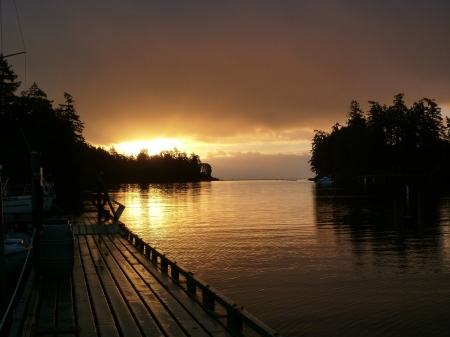On Monday 25 November, first year marine scientists set out to “describe and explain the spatial variation in temperature and salinity in Pedder Bay”.
They measured and recorded temperature and salinity, at six locations within Pedder Bay and at each location, every meter from the surface to the sea floor (or to a maximum of 30 m).
Martin, however, doesn’t seem to understand how the temperature-salinity probe works:
Students also measured a variety of abiotic factors including: wind speed,
water depth, latitude and longititude,
air temperature, relative humidity and illumination.

After much discussion and some independent contemplation, 

 the conclusions include that surface water is warmer and slightly more salty at the mouth of Pedder Bay and there is no variation in water temperature or salinity from the surface to 30 m at the mouth of the bay.
the conclusions include that surface water is warmer and slightly more salty at the mouth of Pedder Bay and there is no variation in water temperature or salinity from the surface to 30 m at the mouth of the bay.
Thanks to Camille RW & Alfredo for photos!































